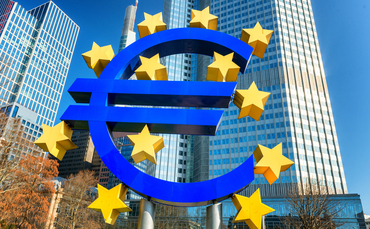Following its policy meeting today (14 October), the central bank's governing council decided the benchmark deposit rate would stay on hold at 4%.
Markets are now speculating as to when the central bank will begin cutting after its first pause on 26 October. However, policymakers have pushed back against this narrative, noting that the central bank is "determined to ensure that inflation returns to its 2% medium-term target in a timely manner".
Deep Dive: Did central banks get it right in 2023?
"Based on its current assessment, the governing council considers that the key ECB interest rates are at levels that, maintained for a sufficiently long duration, will make a substantial contribution to this goal," it said.
"The governing council's future decisions will ensure that its policy rates will be set at sufficiently restrictive levels for as long as necessary."
Inflation in the eurozone fell to 2.4% in November, from 2.9% in October, only slightly above the central bank's 2% target.
The ECB noted that while inflation has dropped in recent months, it is likely to pick up again temporarily in the near term and will not approach its 2% target until 2025.
Overall, the central bank has projected headline inflation to average 5.4% in 2023, 2.7% in 2024, 2.1% in 2025 and 1.9% in 2026.
Eurozone inflation drops to 2.4%
The ECB's pause follows the decisions of the US Federal Reserve and Bank of England to also hold rates steady as inflation eases.
The governing council also decided today to advance in the "normalisation" of its balance sheet by continuing to reinvest the principal payments from maturing securities purchased under the pandemic emergency purchase programme (PEPP) during the first half of 2024.
Over the second half of the year, it intends to reduce the PEPP portfolio by €7.5bn per month on average. The council intends to discontinue reinvestments under the PEPP at the end of 2024.


